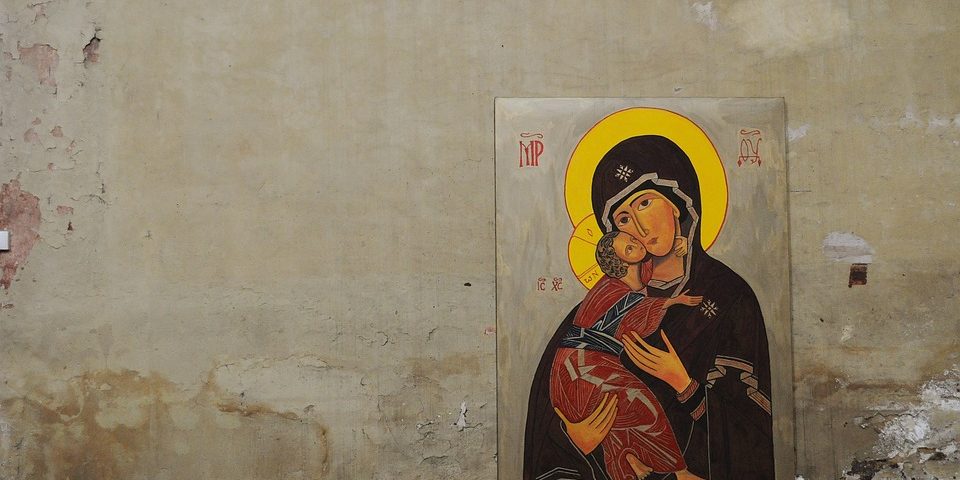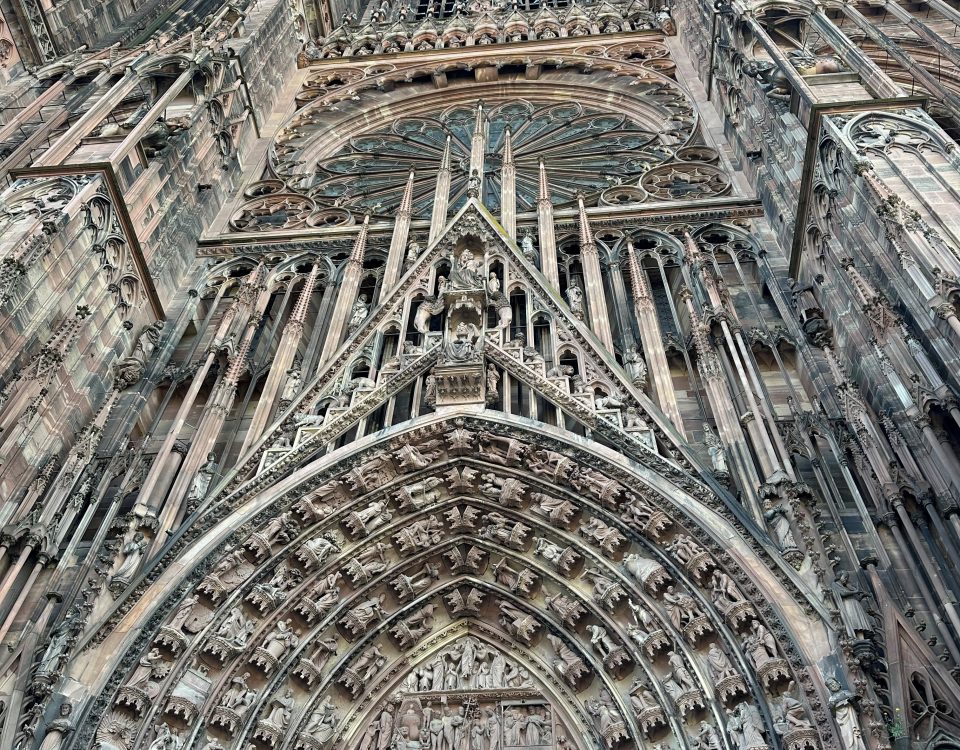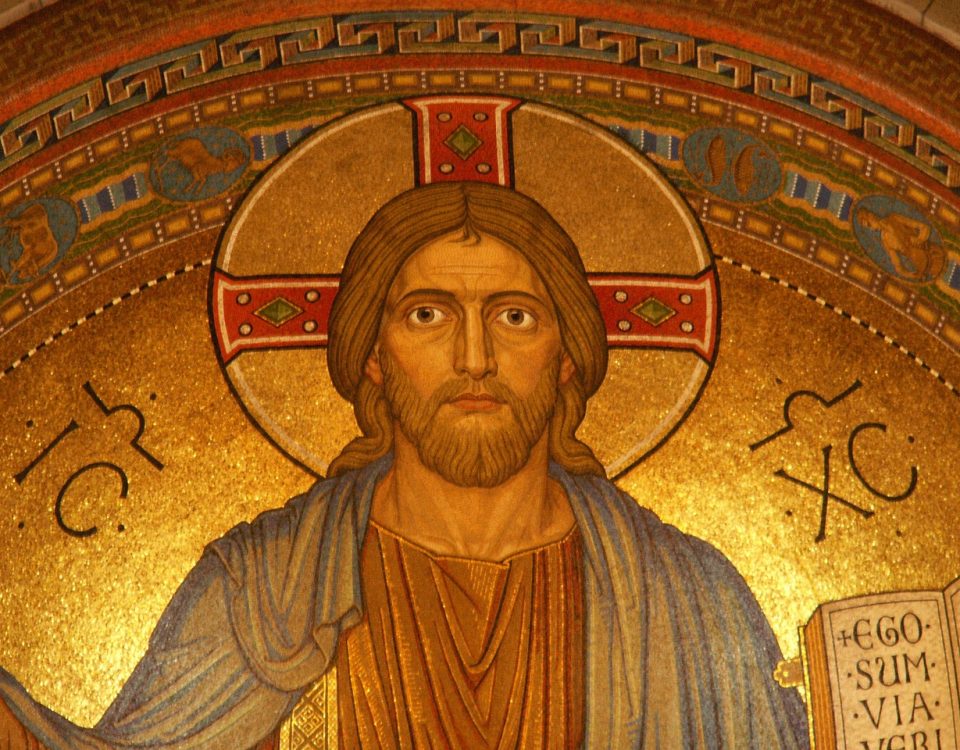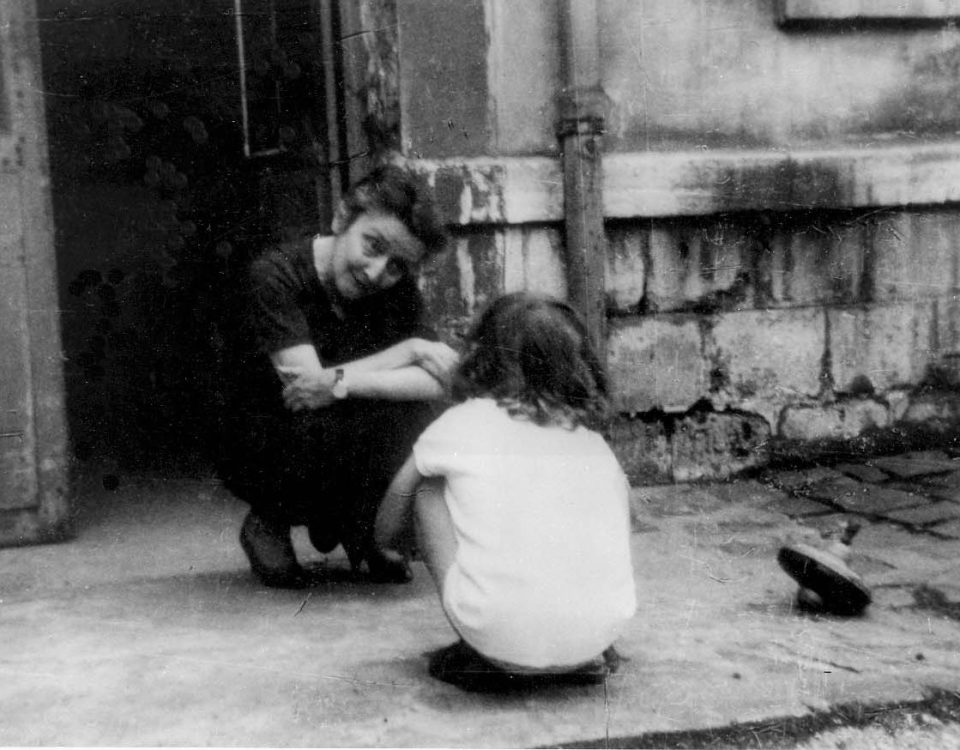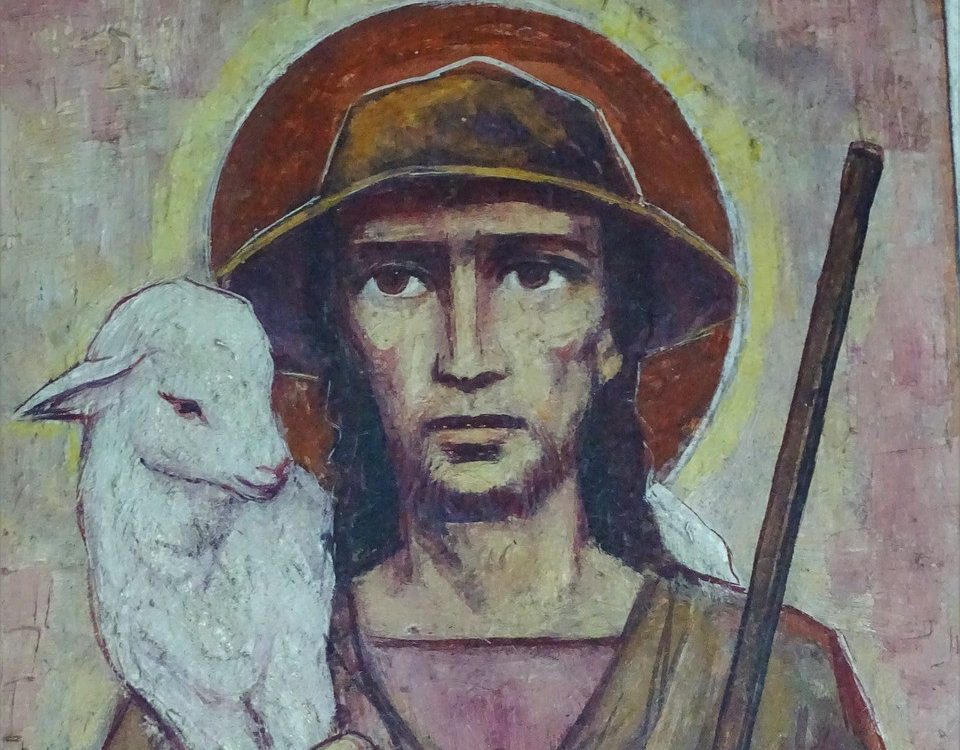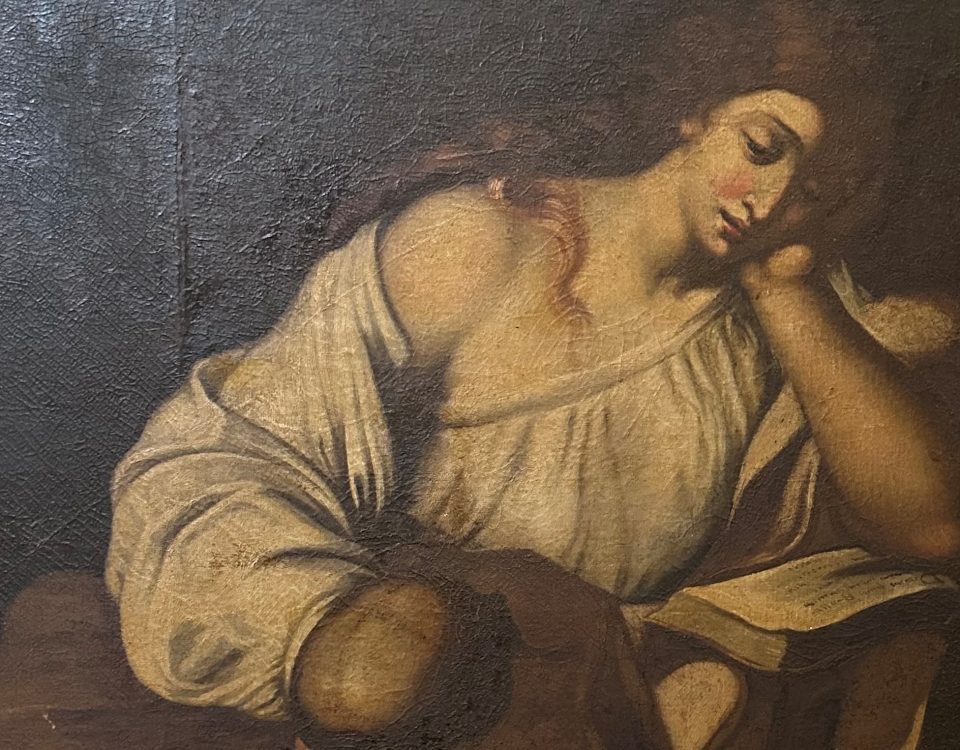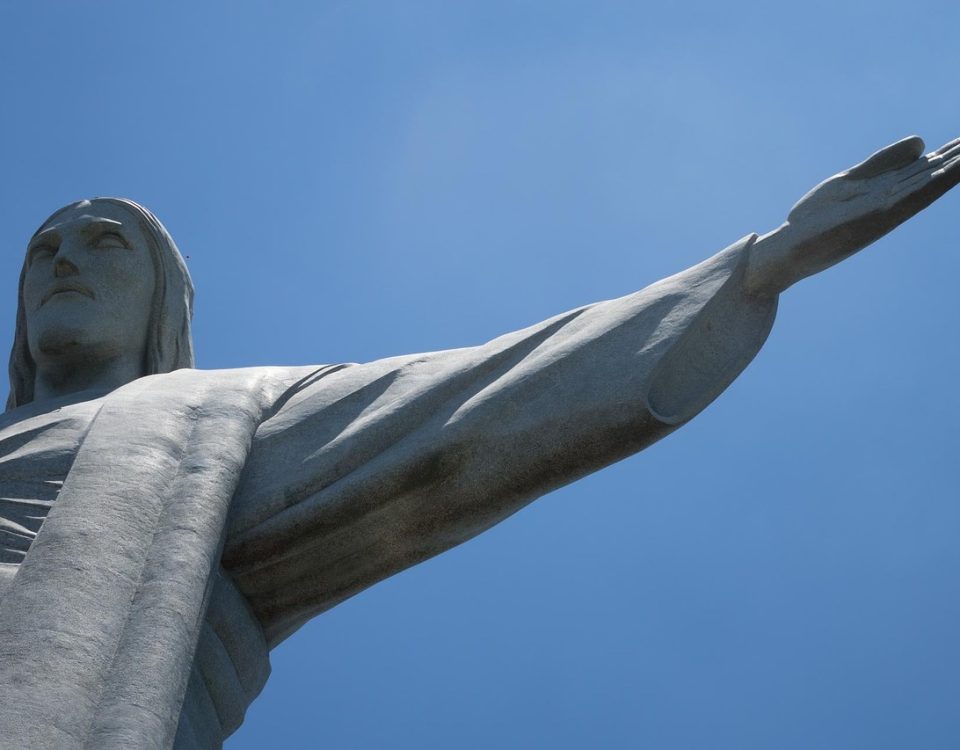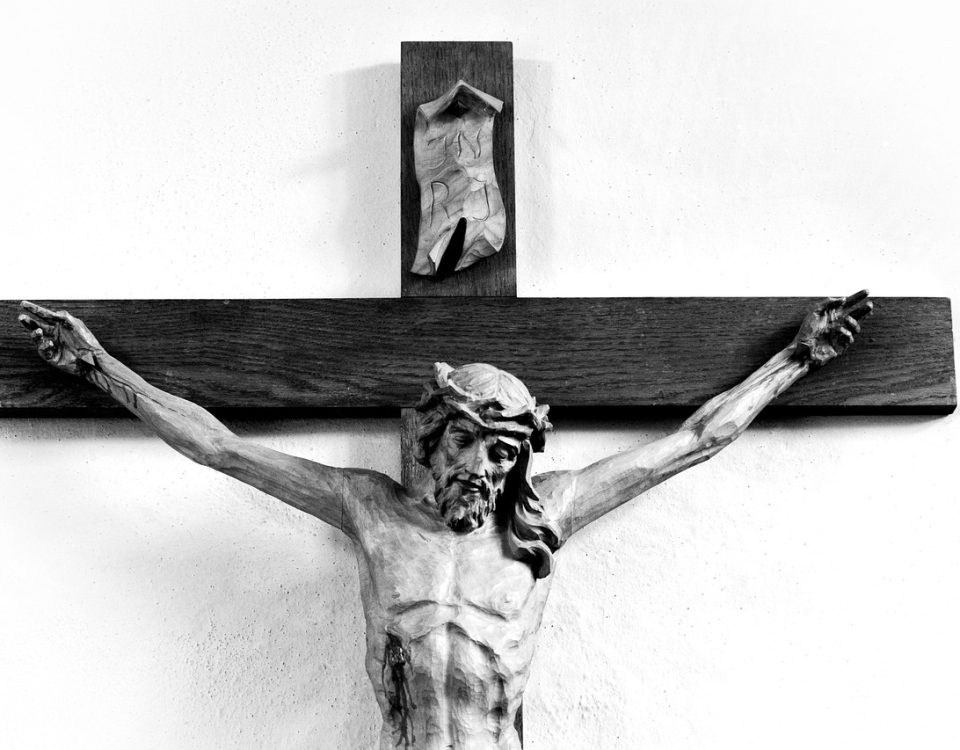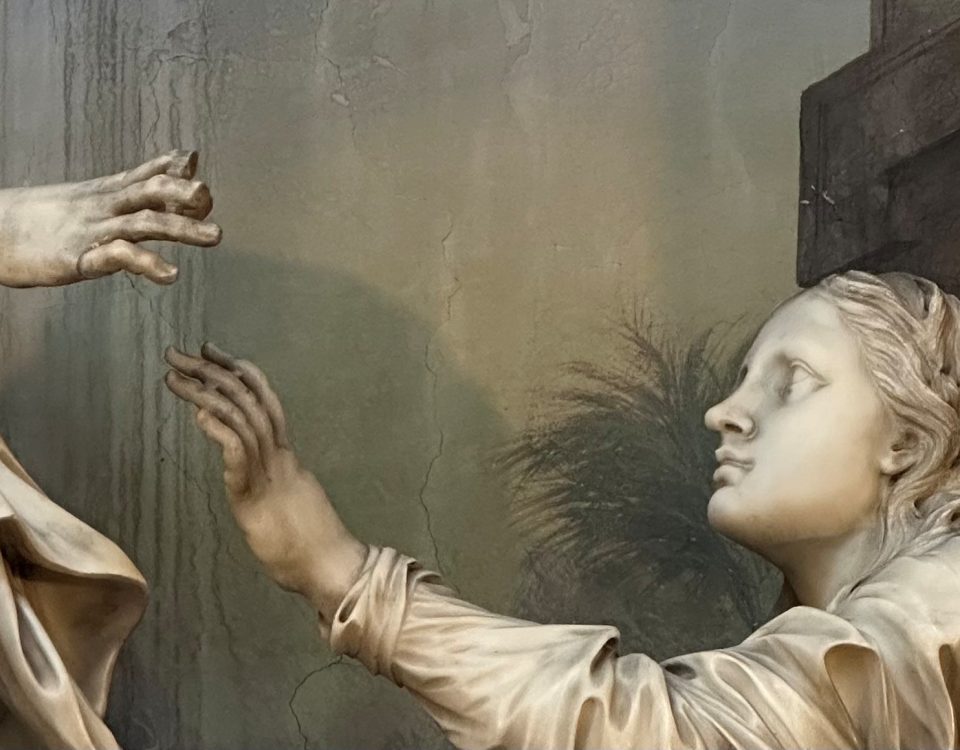A beautiful story about St. Catherine Labouré, she was nine when her mother died. Catherine, by the way, was her baptismal name, but her family called her Zoé. Her mother was only 42 when she died, leaving the children and their father to themselves. It was painfully hard upon the family, as you’d imagine; such tragedies always are. Supposedly, Zoé took it harder than the other children; of all the children left in the house, she was the oldest, so maybe she bore it differently than the younger ones. Again, tragedy; you know how it goes—some of you intimately.
But the beautiful story, a little moment just after her mother’s funeral: little Zoé makes her way into her parents’ bedroom, and there she sees a small, cheap, chipped statue of Our Lady—a kitsch little thing to be sure. That’s what caught her eye, the small little statue of Mary. Who knows why she went into her parents’ room to begin with; you know how it is to mourn; she probably just wanted to be there where her mother once always was. But she sees that little statue. It was sat up high on a shelf; little Zoé had to pull a chair over, stand on her toes. After a little effort, just able to reach it, she held it in her arms, held it like a little baby, like a doll. It must have been a sort of playful grieving.
But then little Zoé said this: “Now, dear Blessed Mother…now you will be my Mother!”[1] That was all; there was nothing miraculous about it all, just a child’s words, a child’s prayer. Grief, a mother’s passing, a child trying to hold it together: that’s all the moment was—perhaps. Perhaps it was something more than that. Today we’d ask psychologists to comment on such a moment, but maybe there’s something more to it than that. Little Zoé would become St. Catherine Labouré; she saw Our Lady herself; to her was given the Miraculous Medal; to her was given a life of beautiful, humble service; her little church on the Rue de Bac in Paris to this day is one of the brightest spiritual lights of France drawing pilgrims from all over the world. That little girl became that saint; perhaps there was something more to it than that—that little moment after her mother’s funeral, that cheap statue, that childish little prayer.
My gospel today, my friends, is simple. It’s about Mary, about the role she plays in Christmas, in Christ’s advent. It’s about more than physical birth, you see; there’s more to it than that. My gospel is simple: it’s that in drawing near to Mary, we draw near to Christ. Again, I’m talking about something spiritual, something one feels, a warmth of grace. I know this is difficult for some to accept, our Protestant sisters and brothers, perhaps. But it’s important. For all Christians, it’s important; to realize Mary’s part in all this, the full spiritual beauty of it, is important. We Catholics should renew this gift, this thing about our faith: that to be better children of Christ, we must become better children of Mary. “Now, dear Blessed Mother…now you will be my Mother!”—that’s what that little girl saint said, that was her prayer. That’s the thing, that’s my homily: that we should understand the grace at work in that prayer, cherish it, and pray it ourselves—to Christ through Mary.
I don’t know; what’s got my heart of late are these words of the angel, what the angel said to Joseph in a dream. “Joseph, son of David, do not be afraid to take Mary your wife into your home.”[2] Now, of course, there are many ways one should interpret this passage, interpretations that are scholarly—historical and theological. We could even interpret this cinematically as Pasolini did; it’s beautiful, his film, to see his stern childlike angel forcefully chiding the sluggish, fearful Joseph. There is much to learn from that scene.[3] But, for some reason, this time around it’s the spiritual meaning that’s captured my heart. To prepare for the birth of Christ, Joseph had to take Mary into his home. To be ready to receive Christ, he had to receive Mary. To be ready to receive God’s Son, he had to receive God’s Mother. That’s the simple point, the maternal mystery of grace, of Christmas. Again, there’s more to this passage we could talk about, more to study and debate. But that’s not what I want to talk about today, only this thing—how I’m certain we need Mary if we want to receive Christ in truth at all.
Of course, to be sure, there is here an entire living tradition of belief and prayer. There is a real theology behind what I’m saying, but I don’t want to turn this homily into a lecture about it. I just want you to pick up your rosary again, to draw near to Mary again—if you haven’t in a while—to take Mary your Mother into your home again, to take the angel’s advice just as Joseph did. Saint John Paul II said of Mary once, “her motherhood remains in the Church.”[4] The Russian theologian from a century ago, Sergius Bulgakov, said “veneration of the Virgin is the soul of Orthodox piety, its heart, that which warms and animates” basically everything. Churches that didn’t venerate Mary, he said, felt cold; they didn’t quite understand the full truth of the incarnation because of it, he thought.[5] Now, I meant it, I don’t want to turn this into a lecture, but the wisdom—trust me—is there. There is something very true and profound about our faith here, about the angel’s advice. To prepare for the birth of Christ, Joseph had to take Mary into his home. I think about what St. Bernard of Clairvaux asked his brothers once: “Do you want to know how near he is?”[6] Perhaps the answer is as near as the next Ave you pray, the next decade your fingers work through, the next silence you break with the whisper, asking her help. Maybe that’s the last beautiful bit of advice the Church has to give us, Christmas now so near—angelic advice, really: that you take Mary your Mother into the home of your heart. Because that’s where the manger is this Christmas, if you want it to be: your heart. Amen.
[1] Joseph I. Dirvin, Saint Catherine Labouré, 16
[2] Matthew 1:20
[3] Pier Paolo Pasolini, “The Gospel According to Matthew” (1964)
[4] John Paul II, Redemptoris Mater 40
[5] Sergius Bulgakov, The Orthodox Church, 116-119
[6] Bernard of Clairvaux, On the Eve of the Lord’s Birth, Sermon Four 10
© 2022 Rev. Joshua J. Whitfield
